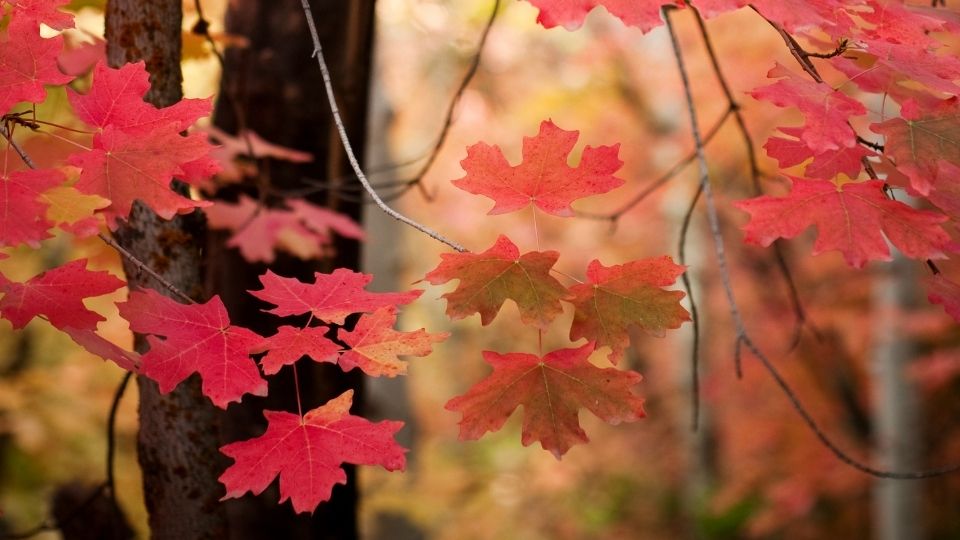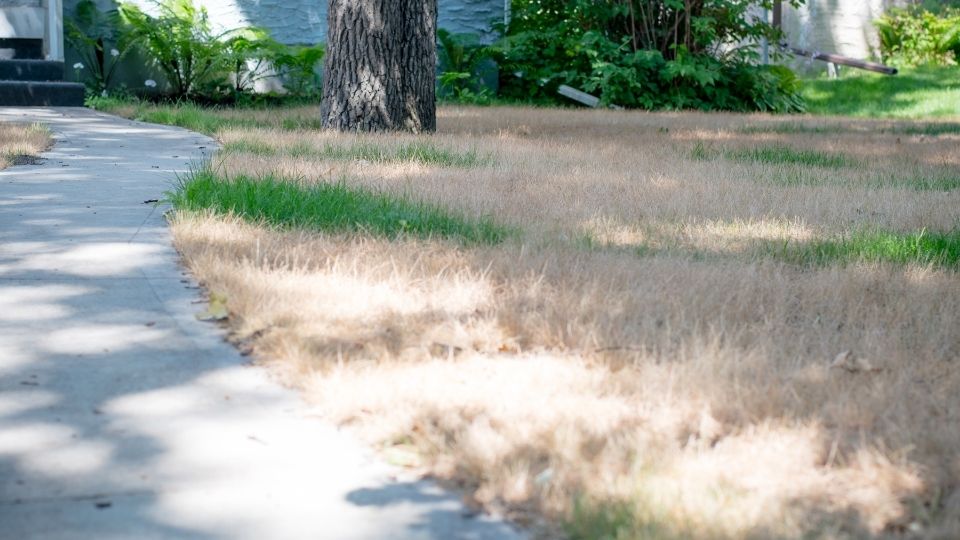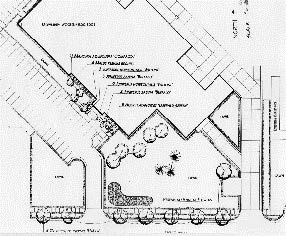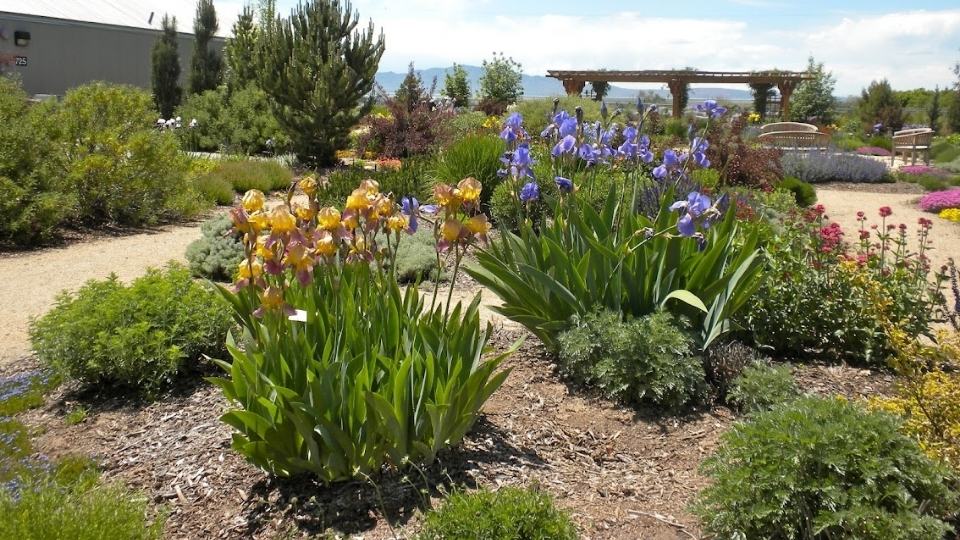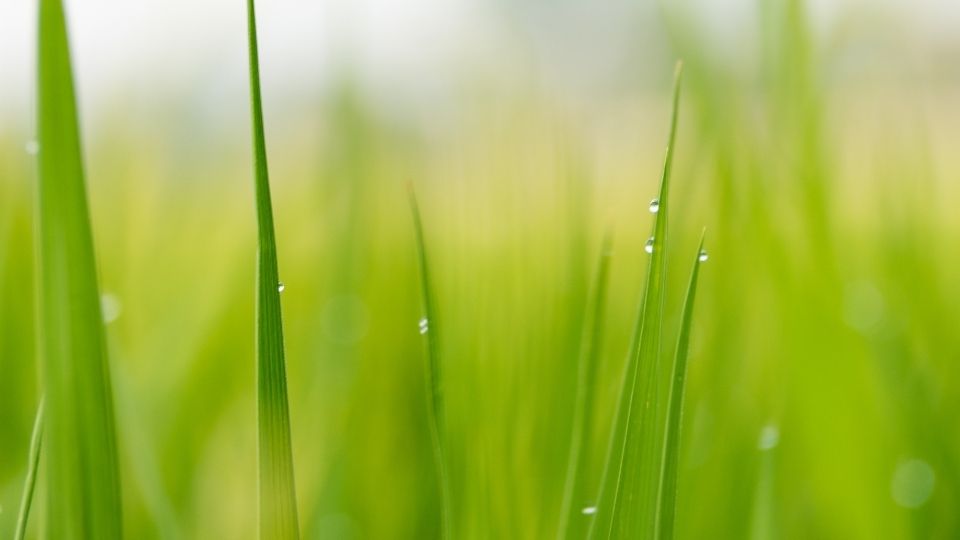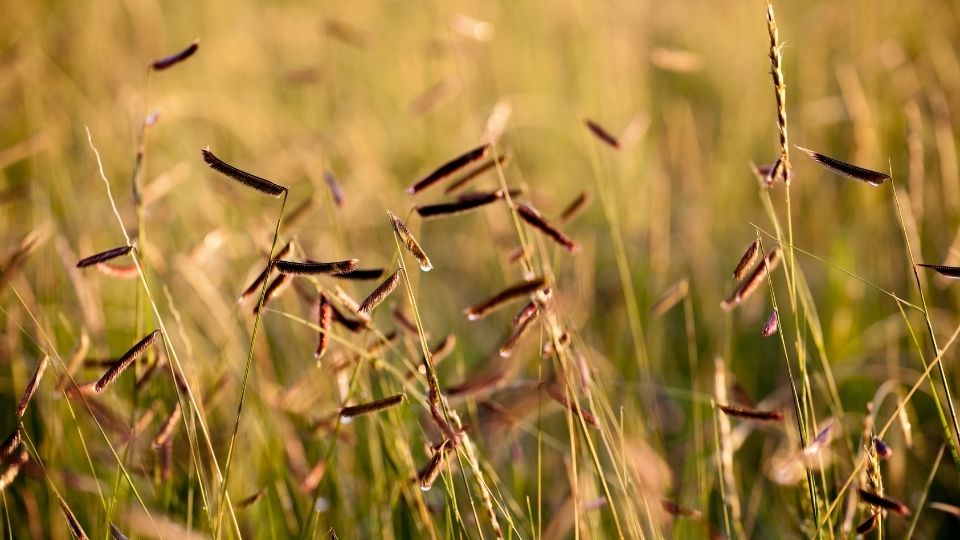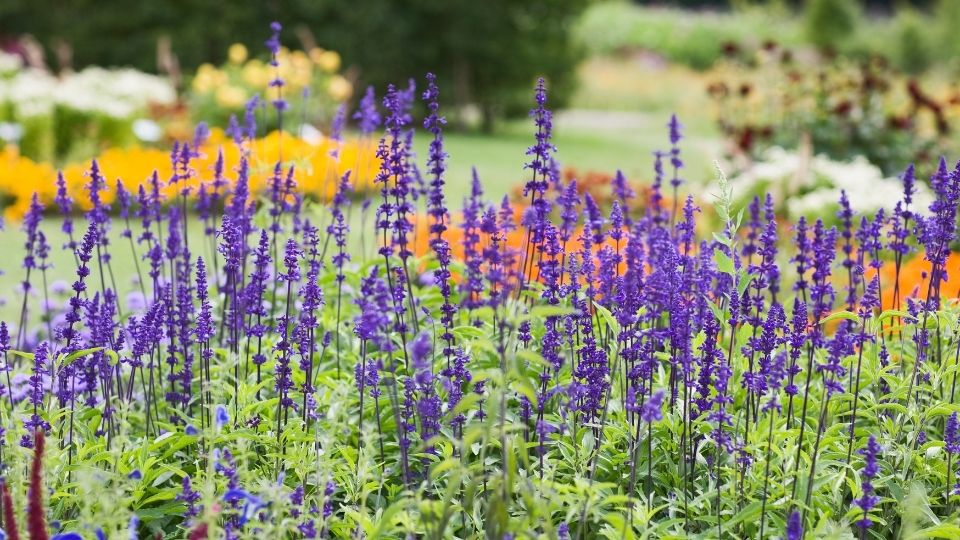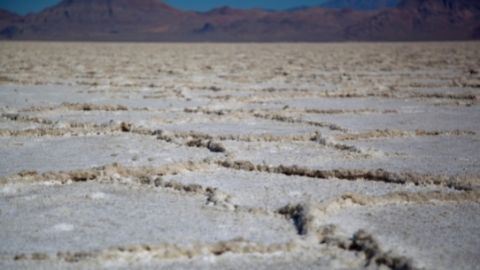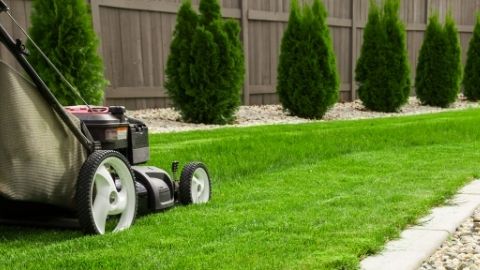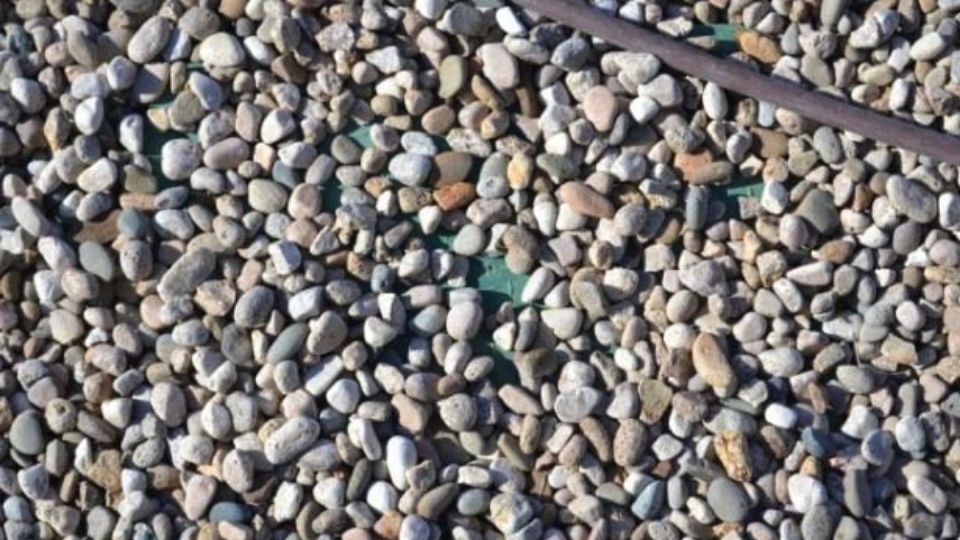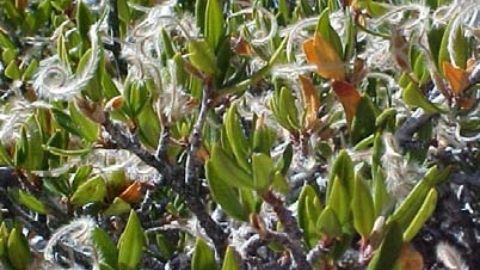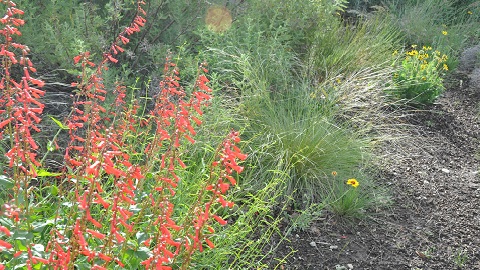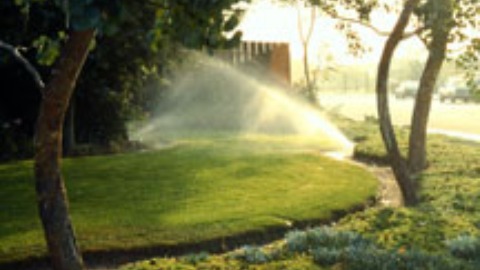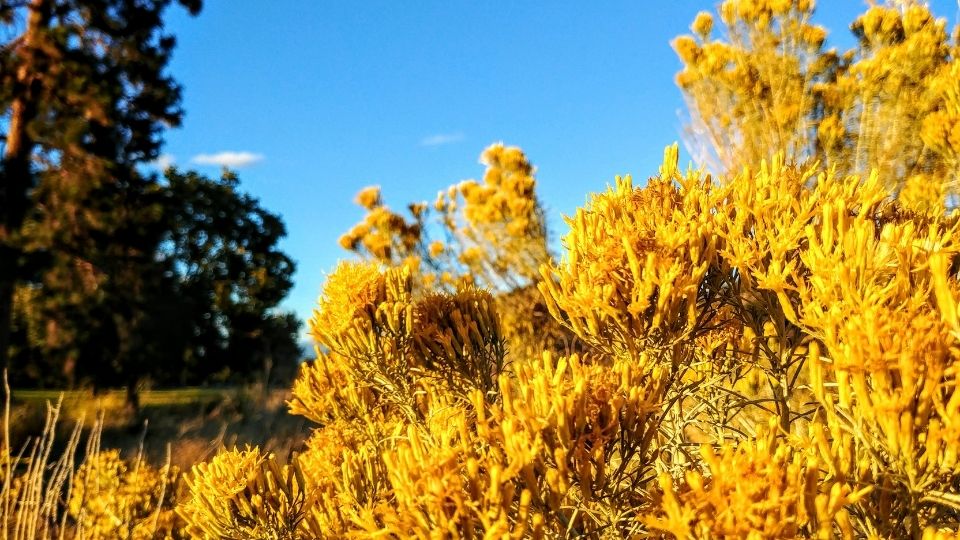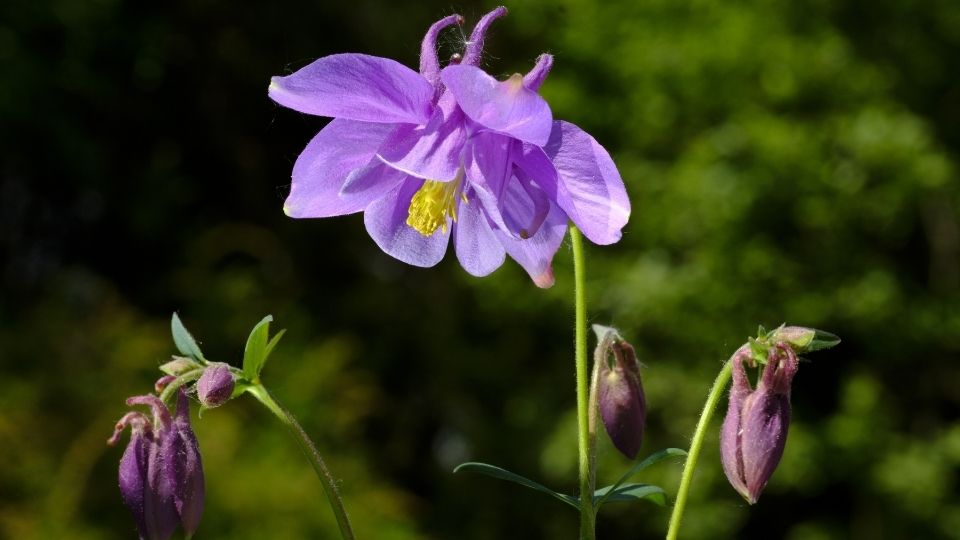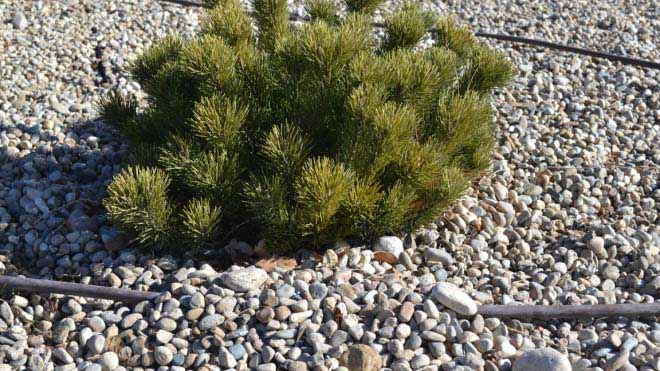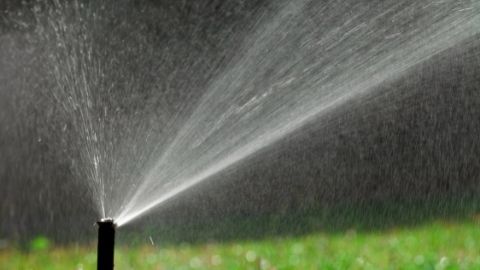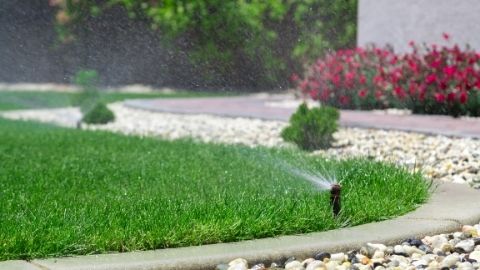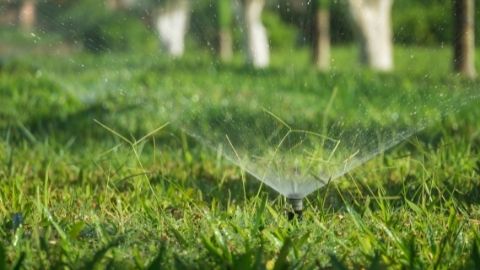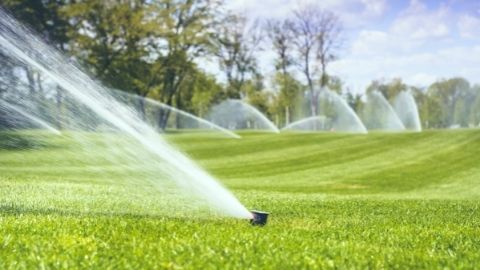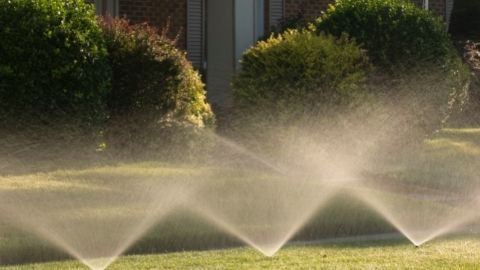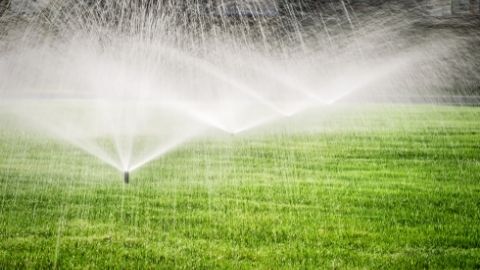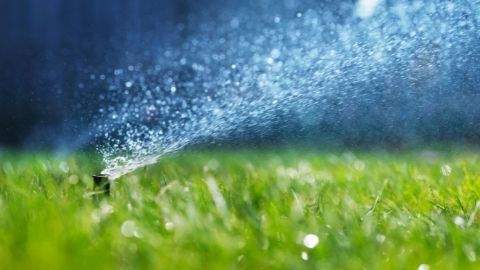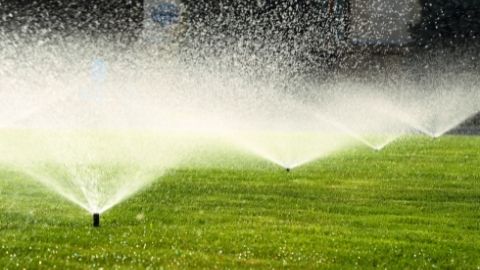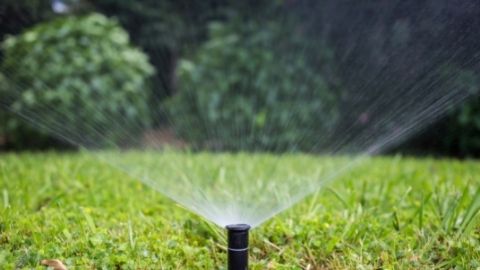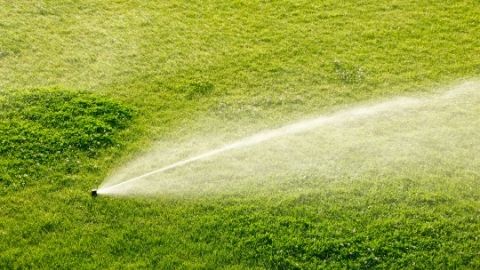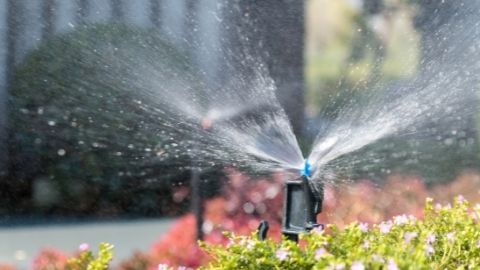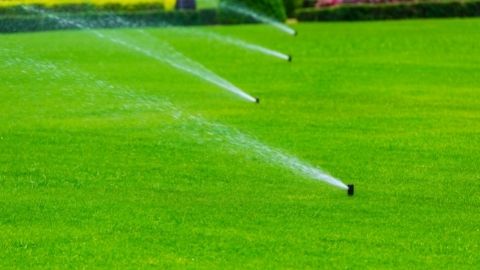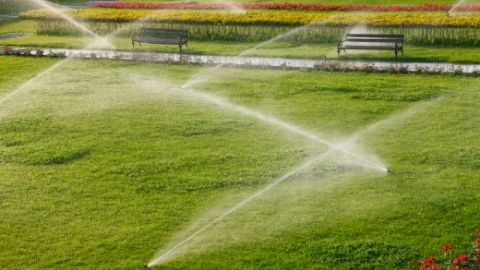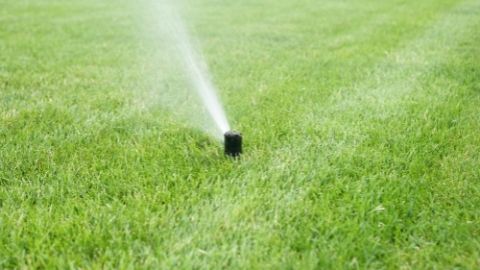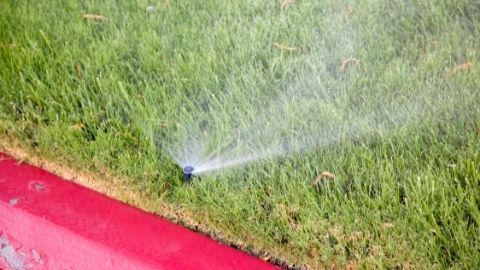Train Your Lawn Not to Beg for Water
Despite what the snow-covered peaks might indicate, we are not as abundantly blessed with water as those who live in most other states. Without supplemental water, many of our plants and lawns would dry up and die.
However, you can be too helpful says Jerry Goodspeed, Utah State University Extension horticulturist.
“Automated sprinkler systems make watering convenient for most gardeners,” Goodspeed warns. “Once we figure out the electronic puzzle, we can become Mother Nature, controlling the elements within our own realm. What we sometimes forget is that we are not as wise as Mother Nature so we neglect checking the watering system to make sure it is in harmony with our plants.”
Few plants, other than water lilies and a few bog plants, actually enjoy being watered every day, he says.
“Contrary to popular belief, grass is not a bog plant,” Goodspeed quips. “Grass actually does best with extended periods between watering. Many lawns in our area are still flood irrigated once a week, and they look great. The notion that a lawn needs to be watered every day is just a rumor started by the local crabgrass union.”
It is true that when a lawn is first established and the roots are shallow, it needs constant attention and moisture, he says. However, as the grass begins to grow the roots stretch further into the soil, eventually reaching depths of more than 10 inches. Sometimes plants have to be trained to grow deeper roots by slowly extending the period of time between watering from one day to two, and then three, etc.
Roots develop wherever they find water and nutrients, Goodspeed explains. Watering every day doesn’t encourage the roots to stretch and grow because the water is always available right at the surface. Then if the water is cut off for a day, the plants begin showing signs of drying.
So what do we do?
“Unfortunately our first response is to turn on the hose and try to revive what we think is dying grass,” he says.
The best response is to let the lawn struggle a little to grow, Goodspeed says. The best time to do this is in the spring. As the weather warms, instead of increasing the frequency of watering, increase the amount of water applied when watering. The grass will not die, but will become healthier as the roots extend into the soil.
“Many people tell me their soil is pure sand and their poor, defenseless grass will wilt and die if not watered on a constant basis,” he says. “Lawns in a sandy soil can still go three or four days between watering, but the roots need to be trained to adapt. There are lawns in sandy soil that are flood irrigated once every week and they look great. It just depends on how well you train the lawn.”
After watering once, go out and check to determine how deeply the water is penetrating, Goodspeed suggests. Grab a long screw driver and push it into the lawn. It will easily slide through wet soil, but will stop and become difficult to push once it hits dry ground. Mark this spot on the screw driver with your finger and pull it out. Measure the depth it extended into the soil. This indicates the level water is penetrating the soil.
Grass roots should be able to penetrate to a depth of 10 inches or deeper, he says. Be sure your watering system is applying enough water to help the roots in their struggle to penetrate deeper into the soil. This produces healthier and stronger lawns.
Authors
Dennis Hinkamp
Related Research



